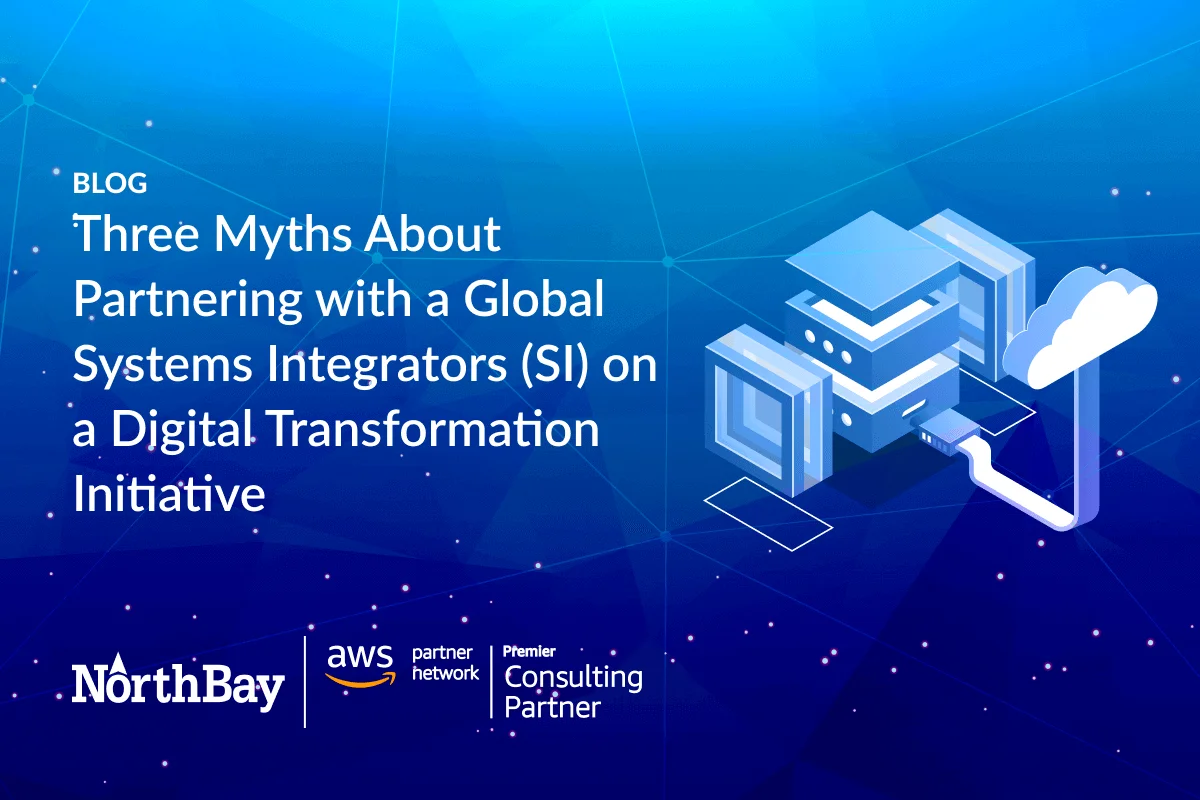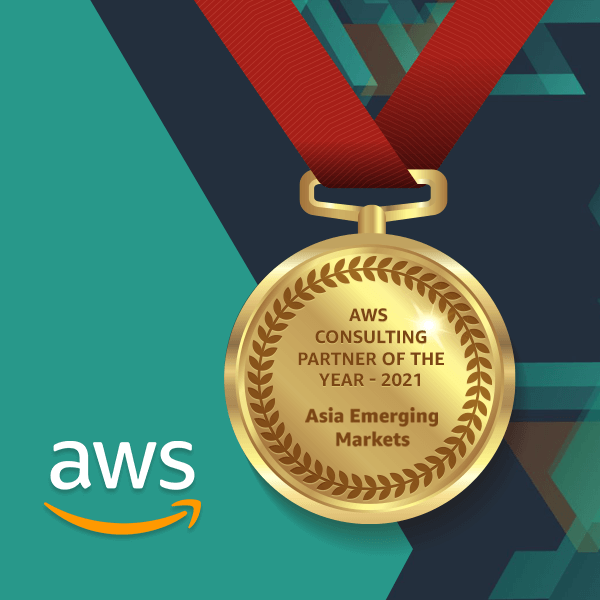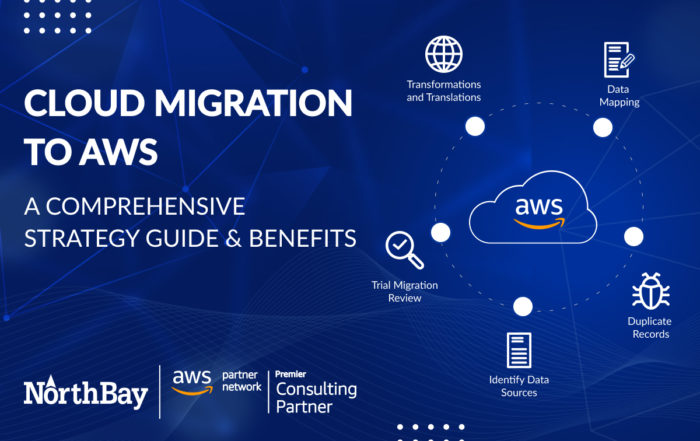By John Flavin | Senior Vice President

The well-known saying “Nobody gets fired for choosing IBM” suggests that, by choosing an established systems integrator (SI) with a strong brand recognition and employees located in major cities across the globe, it can shield you from the repercussions that accompany a high-profile project failure. Why? Because even if something should go wrong somewhere along the way, nobody would argue that selecting IBM was ever an unreasonable decision, and thus nobody would blame you. Instead, they’d blame IBM.
All kidding aside, there can be a certain level of comfort that comes with hiring a global SI. But over the years, we’ve spoken with multiple organizations that for various reasons came to the conclusion that a safe approach isn’t always a savvy approach.
So if you are planning a digital transformation initiative, and are considering partnering with a global SI, following are three top myths you should know about.
Myth #1 – Global systems integrators make better systems integrators
In the age of rapid execution, large teams slow down progress. Amazon’s famous Two Pizza Team Rule is based on the ideology that the smaller the team, the better the collaboration, and that effectiveness drops if you need more than two pizzas to feed a team.
Digital transformation initiatives are long, complex initiatives. Oftentimes, finding the right solution means first conducting a series of mini POCs (proof of concepts) while also figuring out ways to show some level of progress even in the short term. However, most large-scale SIs start every engagement with a comprehensive feasibility study that can last six months or more.
If you are considering working with this type of SI, ask them to describe what they can get done, when, and with how large of a team. Pay particular attention to how much of the time will be allocated just for planning alone. While all partners include planning as part of their solution, the best take a modern, agile approach that focuses on quick wins and continual progress.
Myth #2 – Global systems integrators hire the smartest people
To quote a NorthBay Solutions customer, “The reality is that when you engage with a big SI, you actually meet the smartest technologists during the pre-sale effort and it’s downhill from there.”
Many large-scale systems integrators do have well-deserved reputations for only trotting out their top talent to close a deal. One reason why? The Pareto Principle, also known as the 80/20 rule or the law of the vital few, which states that 20% of the people in an organization are as productive as the remaining 80%.
And, if you ask experts in any given field, most will tell you that they, along with their peers, prefer to work at boutique consulting firms rather than global systems integrators. Smaller firms have less red tape, and tend to radically specialize, which helps them attract top talent and better service their customers.
Myth #3 – Global systems integrators excel at project management
Most global SIs are only good at running one type of project really well. In fact, they thrive on repeatable processes and rinse-and-repeat style engagements. However, digital transformation projects are rarely 100% scoped on day one, and requirements always evolve throughout the process.
As a US General once said, “follow the map until it diverges from the ground.” The rinse-and-repeat approach favored by global systems integrators requires the map and the ground to always match. But, when you undertake a big cloud initiative, there is a significant amount of new ground to cover, and you don’t get there by marching in a straight line. Boutique firms know this and allow for variance from the start, and the really good ones will never have a master project plan that extends for more than six months.
To learn about NorthBay Solutions, and how we approach cloud transformation initiatives with our customers, visit our website.









